7 Best Vegetables To Plant In February – And Start Harvesting From Early Spring
Get a head start on your garden with these delicious veggies. Plant now and you can begin enjoying home-grown harvests sooner than you think.
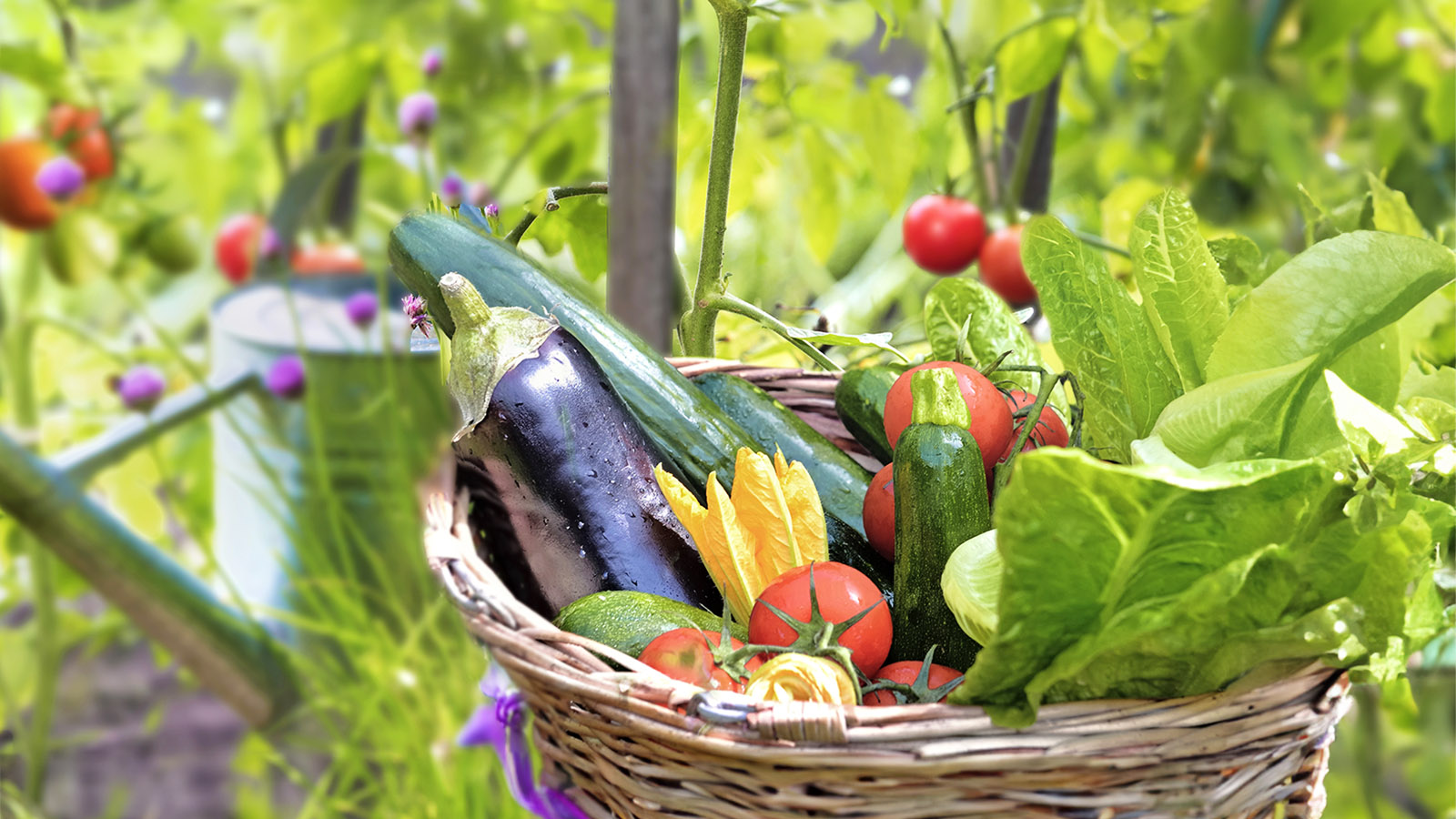

Geoffrey Johnson
As winter begins to wane and hints of spring are on the horizon, you might find yourself itching to get your hands in the dirt. February in many places is still pretty cold and dreary, but there’s light at the end of the tunnel. For many areas, this is a good time to start seeds for the vegetable garden.
Planting seeds indoors before the last frost provides a way to jump-start the growing season. Starting a vegetable garden from seeds is also cost-saving compared to buying transplants in a couple of months. Most importantly for many gardeners, this is a fun way to kick off the gardening season while it’s still winter outside. Here are some pro tips and seven vegetables that you can start now.

The Bio Dome is America’s top mini greenhouse system. We've bundled it with 8 organic vegetable seed varieties to make growing your own food a breeze.
Starting Seeds Indoors
February is an ideal time for starting seeds indoors in most regions. Most vegetable seeds need six to eight weeks to sprout and grow before they’re ready for transplanting. You need that time to coincide roughly with the expected last frost date for your area.
You’ll make a calculation for when to start seeds based on each vegetable’s growth rate and your zone’s specific last frost date. For a lot of areas and veggies, this puts you squarely in February for starting seeds inside.
To start seeds indoors, check the seed packet information for each vegetable type. You’ll need a light, high-quality potting mix and containers with good drainage, like seed trays.
Sow the seeds to the appropriate depth and spacing and place the trays in a warm spot. Keep the potting mix moist and warm as the seeds germinate and sprout. You can cover the trays with plastic wrap to help with this. Once they sprout, make sure the trays are in a location that gets light and remains warm.
Gardening tips, videos, info and more delivered right to your inbox!
Sign up for the Gardening Know How newsletter today and receive a free copy of our e-book "How to Grow Delicious Tomatoes".
Starting Seeds Outdoors
Most gardeners will be starting veggie seeds indoors in February. In the warmer USDA zones, you can direct sow seeds outside.
When winter sowing seeds, keep an eye on the weather forecast. If there is any risk of frost, protect the seeds you sow with straw or another type of garden mulch. Cold frames or DIY mini greenhouses also work well for areas that might get some frost in February but are generally warmer.
Best Vegetables to Plant in February
With spring just around the corner, these vegetables are ideal for starting in February. If you want to start seed shopping, visit the Gardening Know How Shop for reliable, delicious, and non-GMO vegetable varieties.
1. Onions and Leeks
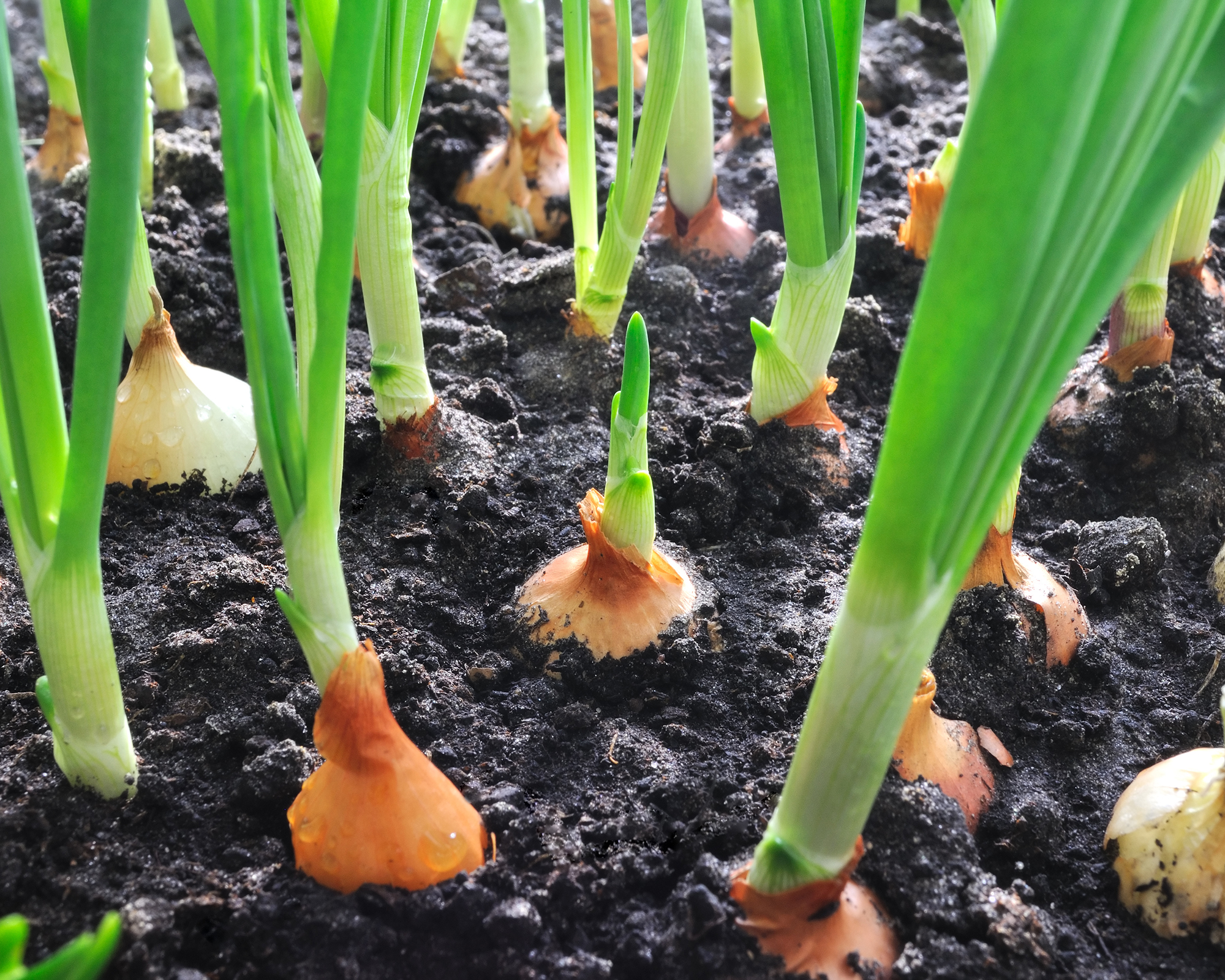
Onions and leeks are great candidates for starting early because they have a long time to maturity, up to 120 days for some types.
For most onions (not green onions), cut the tops back each time the seedlings get to about five inches (13cm) tall. This helps them put energy into big bulbs and health roots. Transplant them outside after the last frost.
There are so many onion varieties to choose from. Onion Candy Hybrid is a wonderful sweet yet flavorsome variety. It's available in the Ultimate Veggie Pizza Garden Seed Collection, available at Gardening Know How
Leeks take a similar amount of time to mature as onions. They are ready to be transplanted when they are about the width of a pencil. They will tolerate a light frost.
For a fast-growing intercrop that's ready to harvest in as little as 8 weeks, try sowing scallions or green onions. Parade, available in the Ultimate Garden Seed Collection, is a vigorous grower that can be harvested all year.
2. Cabbage
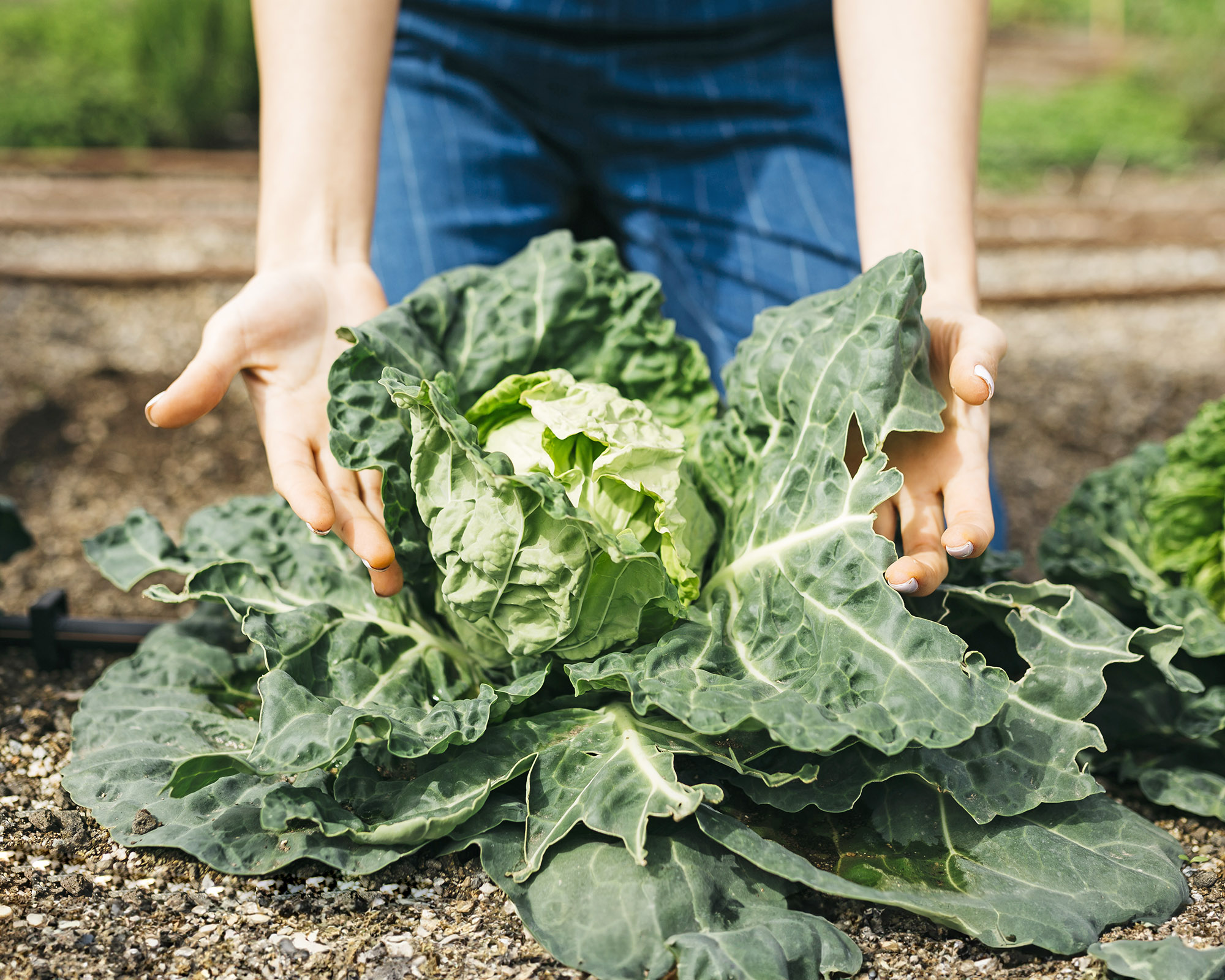
Cabbage grows slowly. Give them a head start by sowing seeds indoors as early as mid or late February in most zones so that it matures before the hottest part of the summer when cabbage struggles to grow.
Cabbage can also be picky about transplanting, so it’s important to get the timing right for your variety and last frost date. Avoid transplanting cabbage older than four or five weeks, and while it’s still cold outside.
3. Tomatoes
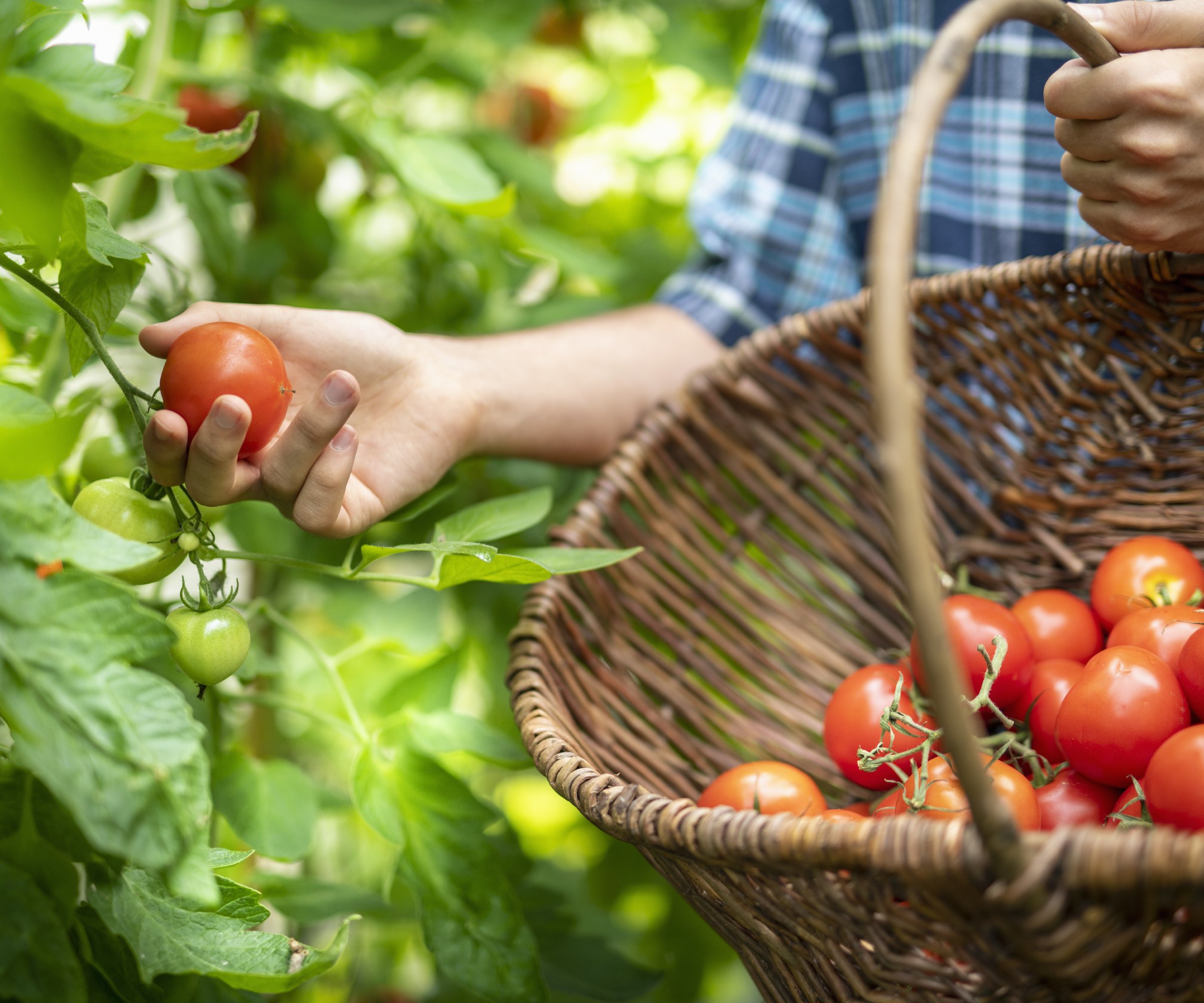
Tomatoes are easy to start indoors and transplant outside later. They need warm weather and thrive in the heat of summer, so a head start indoors allows you to control conditions and start tomato plants even while it’s too cold outside.
Time when you sow the seeds based on the maturity of the variety you’re growing and the last frost date for your zone. Tomato transplants will not tolerate cold temperatures outside.
There are so many delicious tomato varieties to choose from, gardeners are spoiled for choice. Try San Marzano, available in the Gardening Know How Shop, a prized Italian variety used widely in sauces; Early Girl Hybrid, a reliable performer with classic flavor that is quick to crop; Better Boy, a meaty beefsteak with famously high yields; or Supersweet 100, a delightful cherry tomato that packs more vitamin C than any other tomato.
4. Peppers
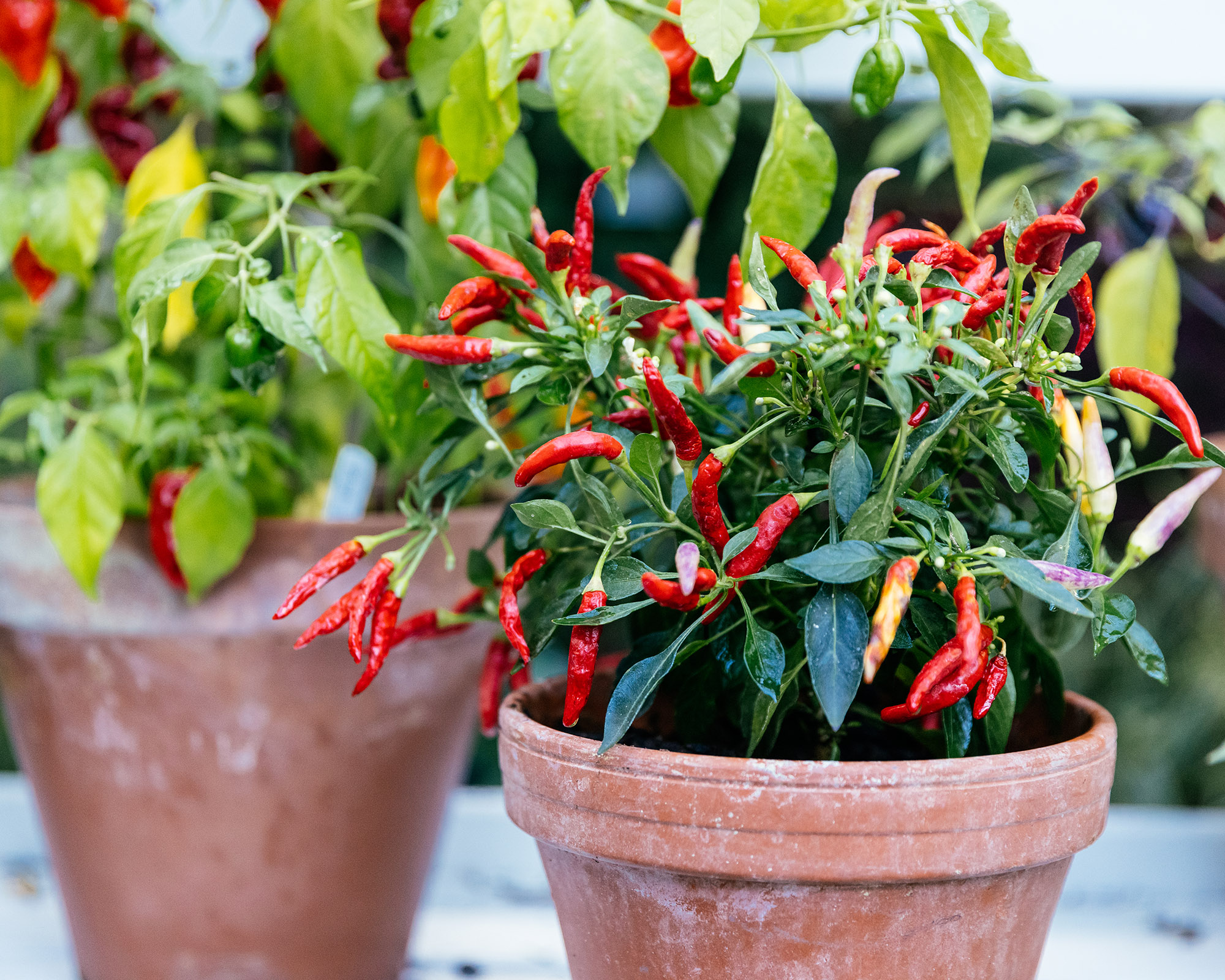
Peppers are similar to tomatoes in that they like the heat of summer. They do very well when started inside and transplanted outside later, when the danger of frost has passed. This is true for both sweet peppers and hot peppers.
Hot peppers are well suited to growing in containers, making them perfect for displaying on the patio or balcony. Garden Salsa Hybrid Pepper is a fabulous medium heat variety, part of the Ultimate Container Seed Collection, available in the Gardening Know How Shop. Alternatively, if you can handle the heat, try growing Habanero Peppers, which reach the fiery heights of 215,000 on the Scoville scale. Or, for a quick harvest, Early Jalapeño Organic Peppers mature in just 65 days from transplant.
Peppers are even more sensitive to cold than tomatoes, so keep the seedlings warm and delay transplanting outside until all risk of cold weather has passed.
5. Eggplant
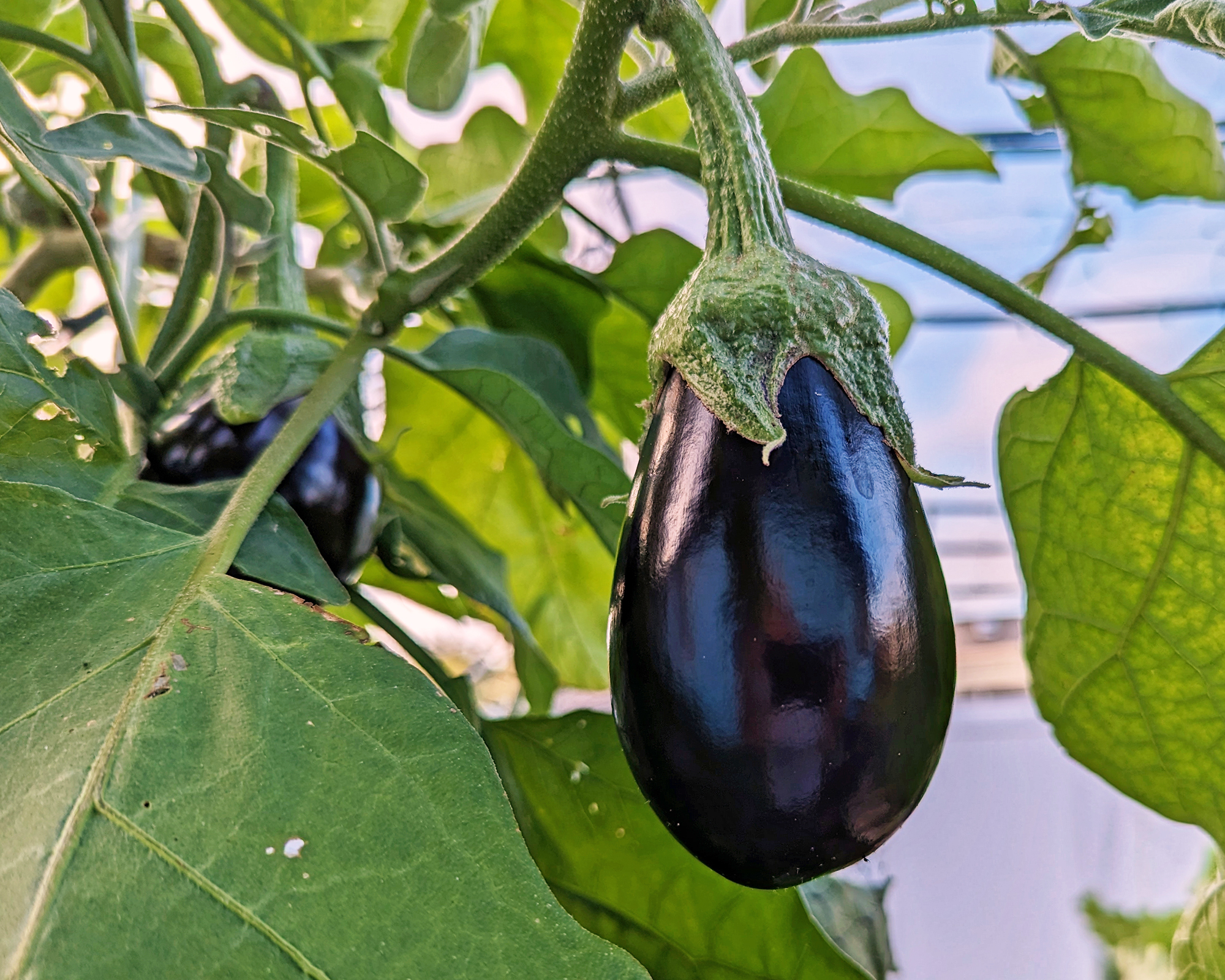
Eggplants need warm temperatures and a long time to grow to maturity from seed. These factors make them ideal for an indoor start.
Depending on the variety and your growing zone, pick the best time in February to start eggplant from seed, typically 8 to 10 weeks before the last frost. Keep the seeds and sprouts warm and moist indoors as they grow.
6. Kale
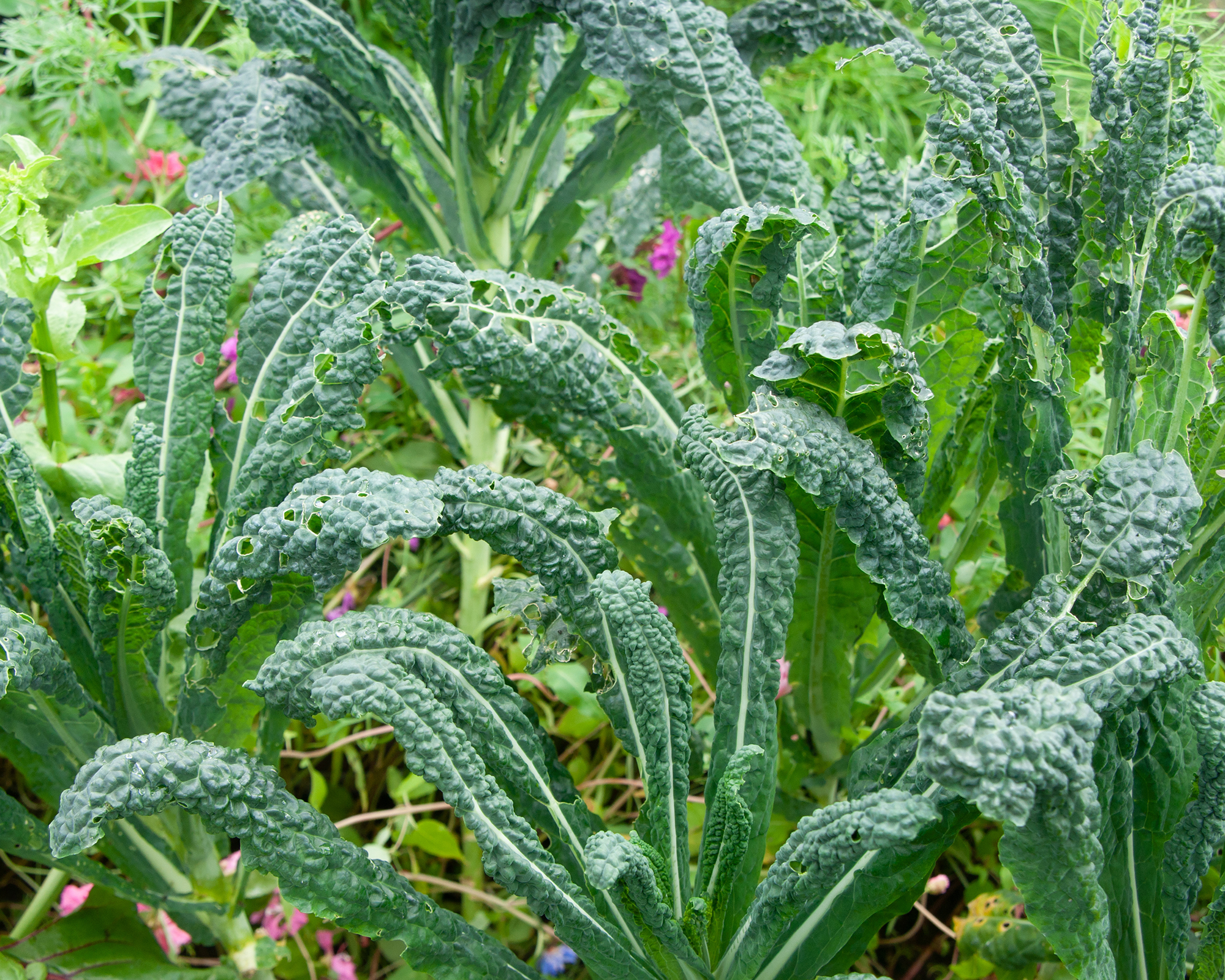
If you live in a zone with milder winters, it’s possible to successfully start growing kale in February by direct seeding in beds outdoors. With a maturity time of 55 to 75 days, you’ll get a spring harvest before the weather gets too hot for this cool-weather green.
You can get a second crop by sowing seeds in the fall for a late harvest. You can also start kale indoors in colder climates and transplant it outside in spring. A little exposure to cold weather will make the kale taste sweeter.
In terms of variety, you can't beat Lacinato Kale, available in the Gardening Know How Shop. This heritage variety is as attractive as it is delicious, with long, slender, textured leaves that shift from a cool blue-green to a deep, almost black-green as the weather changes.
7. Radishes
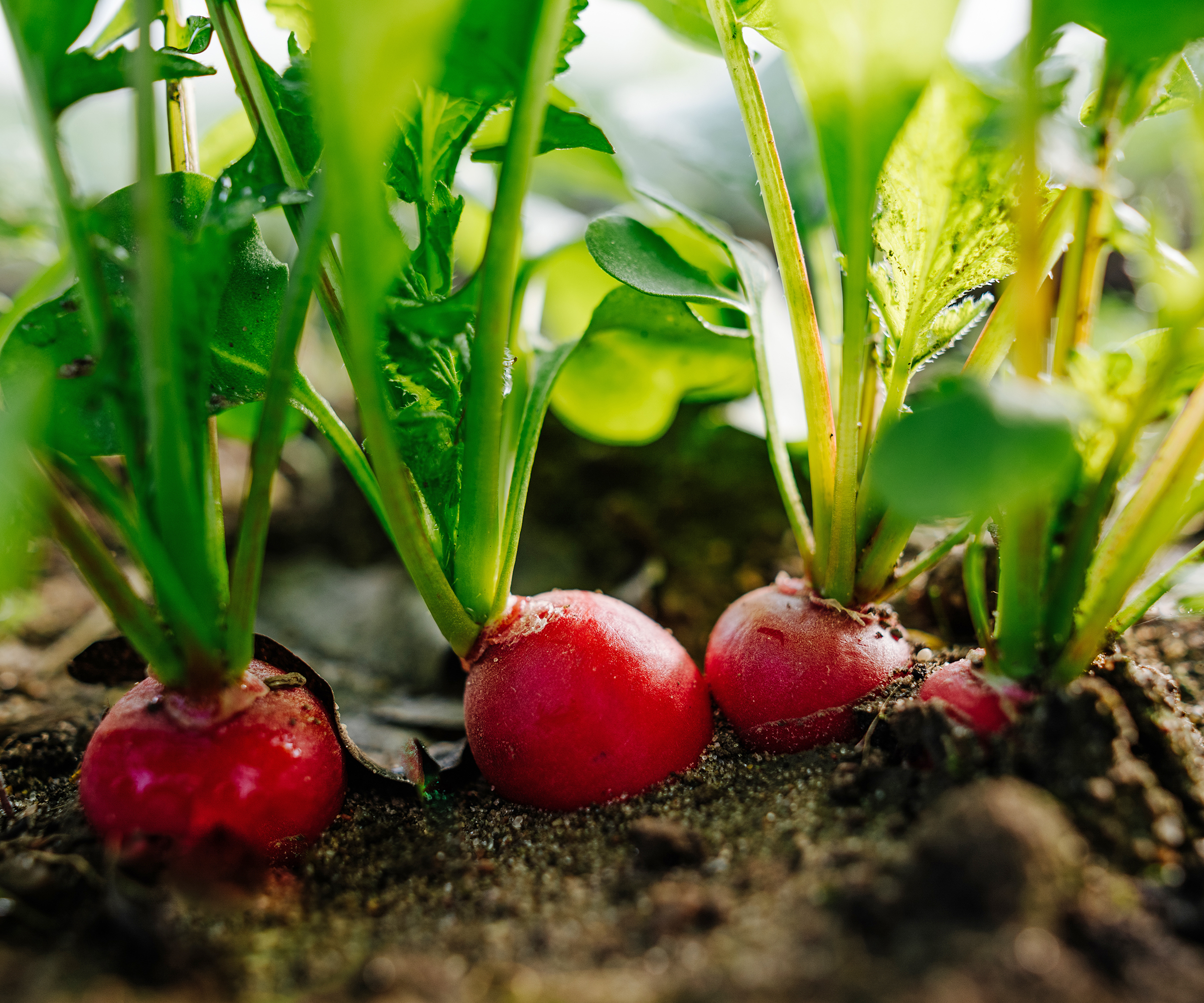
Radishes are among the most rewarding vegetables to grow because they are so easy and fast. They are also good in cool weather, so in many areas, you can sow directly outside.
Sow the seeds a few weeks before the last frost for an early spring harvest. It will be the first or one of the first veggies you get to enjoy from the garden this spring.
For a cheery pop of color early in the season, try Rivoli Hybrid Radish, available in the Gardening Know How Shop. This award-winning variety has watermelon-red skin, a satisfying crunch, and a mildly peppery zing.
More Growing Inspiration
- Discover 7 vegetables to start from seed in January – to kick-start the growing year.
- Be inspired by the 7 must-sow flower seeds for February to ensure a dazzling summer garden.
- Learn how to grow basil in water using no-mess hydroponics for fresh harvests year-round.
- Try germinating seeds in paper towel – the easy, fuss-free method for faster growth.
- Browse seed-starting essentials in the Gardening Know How Shop – and ensure superior growing results every time.
This article features products available from third party vendors on the Gardening Know How Shop.

Mary Ellen Ellis has been gardening for over 20 years. With degrees in Chemistry and Biology, Mary Ellen's specialties are flowers, native plants, and herbs.
- Geoffrey JohnsonContent Contributor and Seeds Expert
-
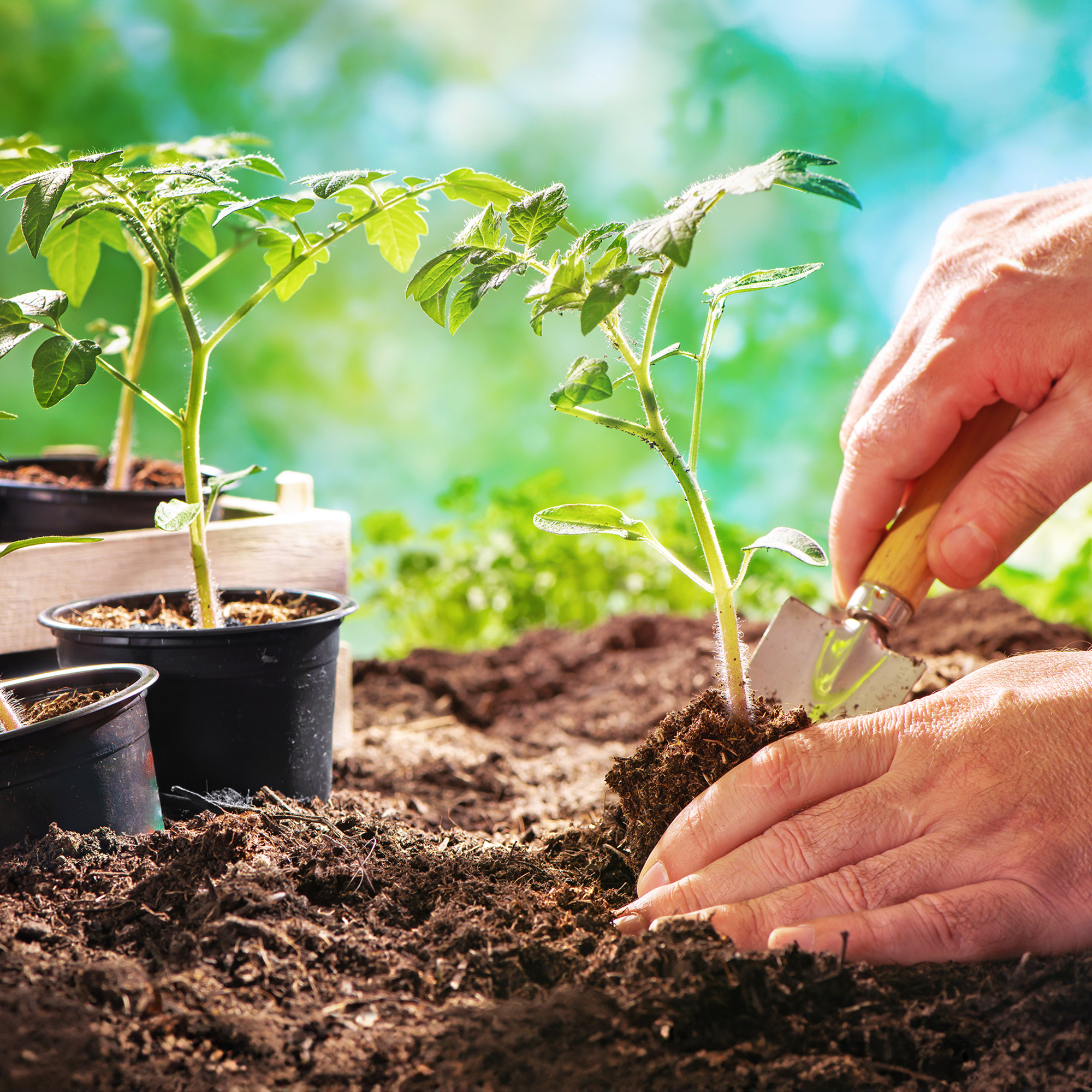 Best Soil Tor Tomatoes: How To Cultivate The Perfect Blend & Add Amendments For A Bountiful Harvest
Best Soil Tor Tomatoes: How To Cultivate The Perfect Blend & Add Amendments For A Bountiful HarvestGive your tomato plants the foundation they need. Learn how to mix the ideal soil and choose the right amendments for your most abundant harvest yet.
By Amy Grant
-
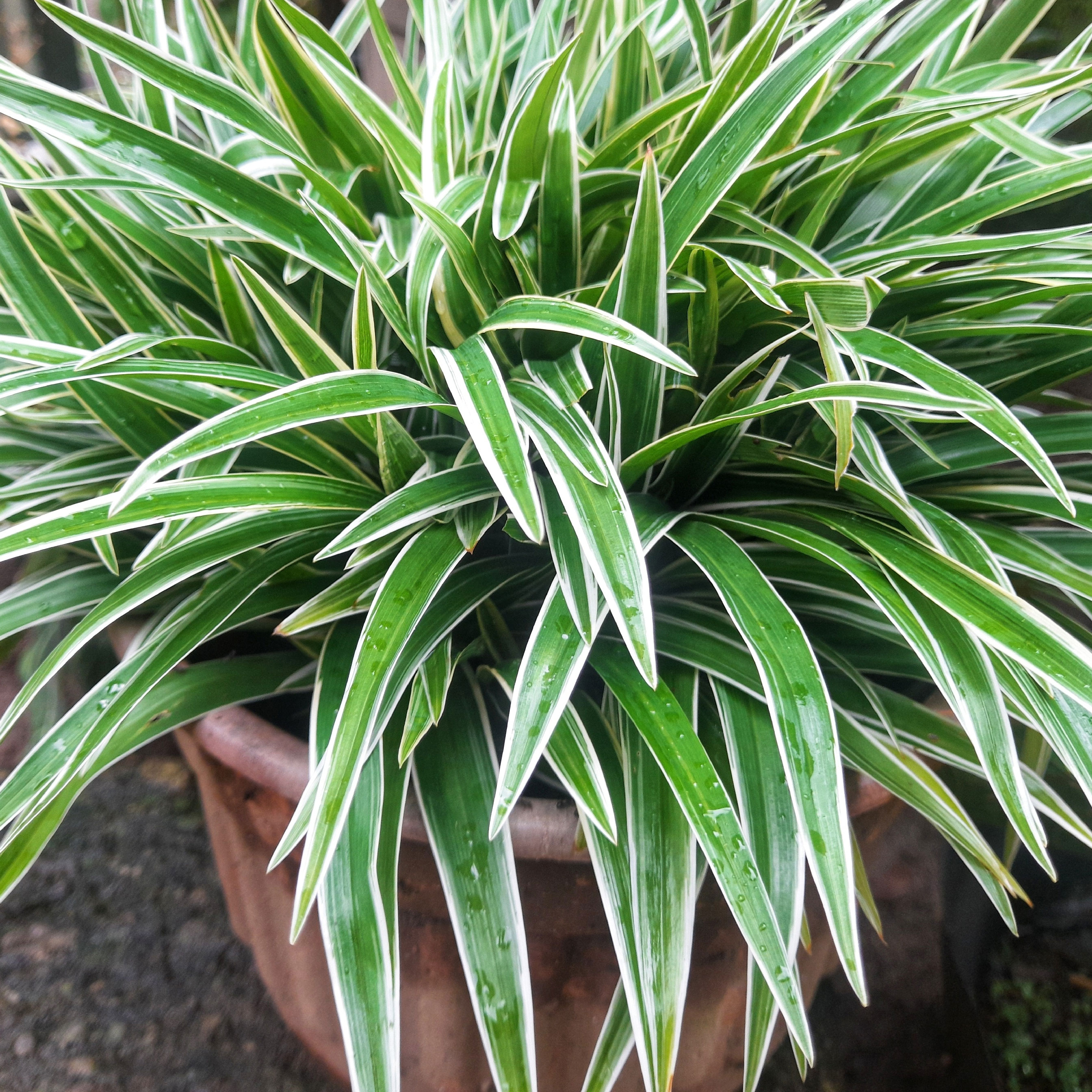 Want To Know How To Make A Spider Plant Bushier? 4 Secrets For Lush & Bushy Spiders
Want To Know How To Make A Spider Plant Bushier? 4 Secrets For Lush & Bushy SpidersAre you looking for ways to make your spider plant look bigger or more dramatic? Follow these quick and easy tips on how to make a spider plant bushier
By Teo Spengler
-
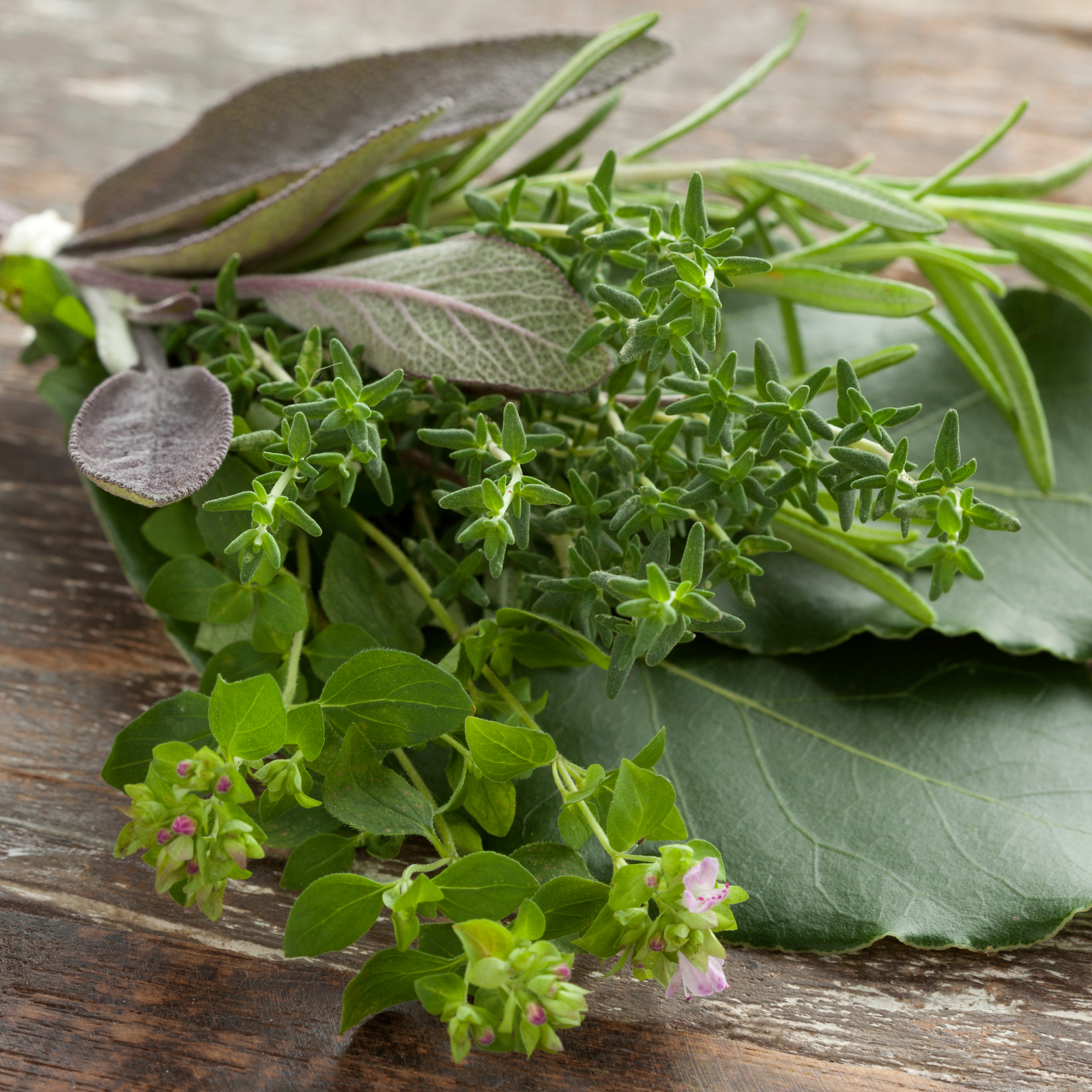 How To Make A Bouquet Garni Or Herb Bundle For Cooking
How To Make A Bouquet Garni Or Herb Bundle For CookingIf you’re a great cook, you may have made an herb bundle before. If this is a new idea, learn how to add sparkle and interest to your dish with a bouquet garni.
By Amy Grant
-
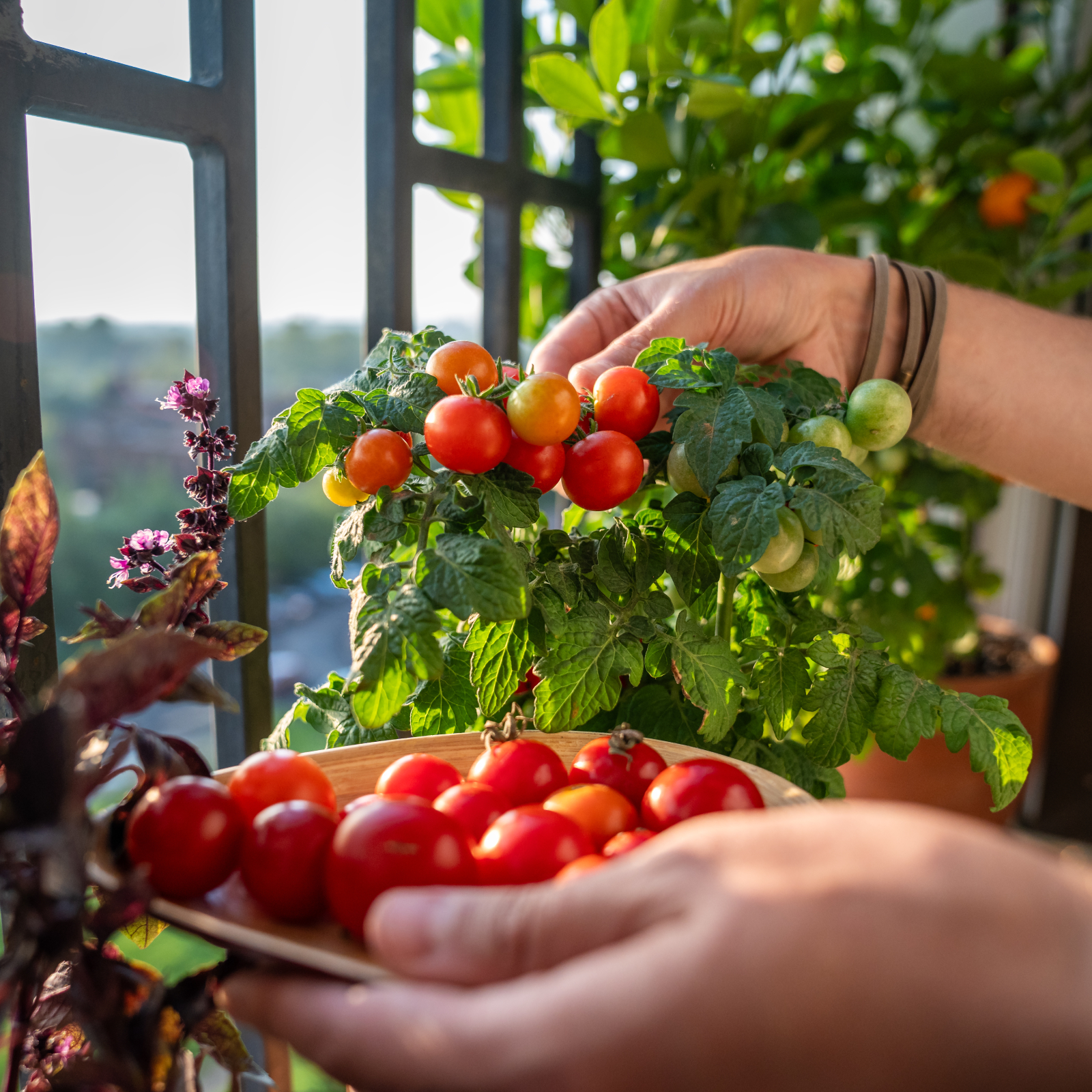 Best Tomatoes For Containers: 10 Tastiest Varieties For Plentiful Produce In Compact Areas
Best Tomatoes For Containers: 10 Tastiest Varieties For Plentiful Produce In Compact AreasThese are the best tomatoes for containers that prove you don't need to have a large space or elaborate garden to grow delicious produce.
By Bonnie L. Grant
-
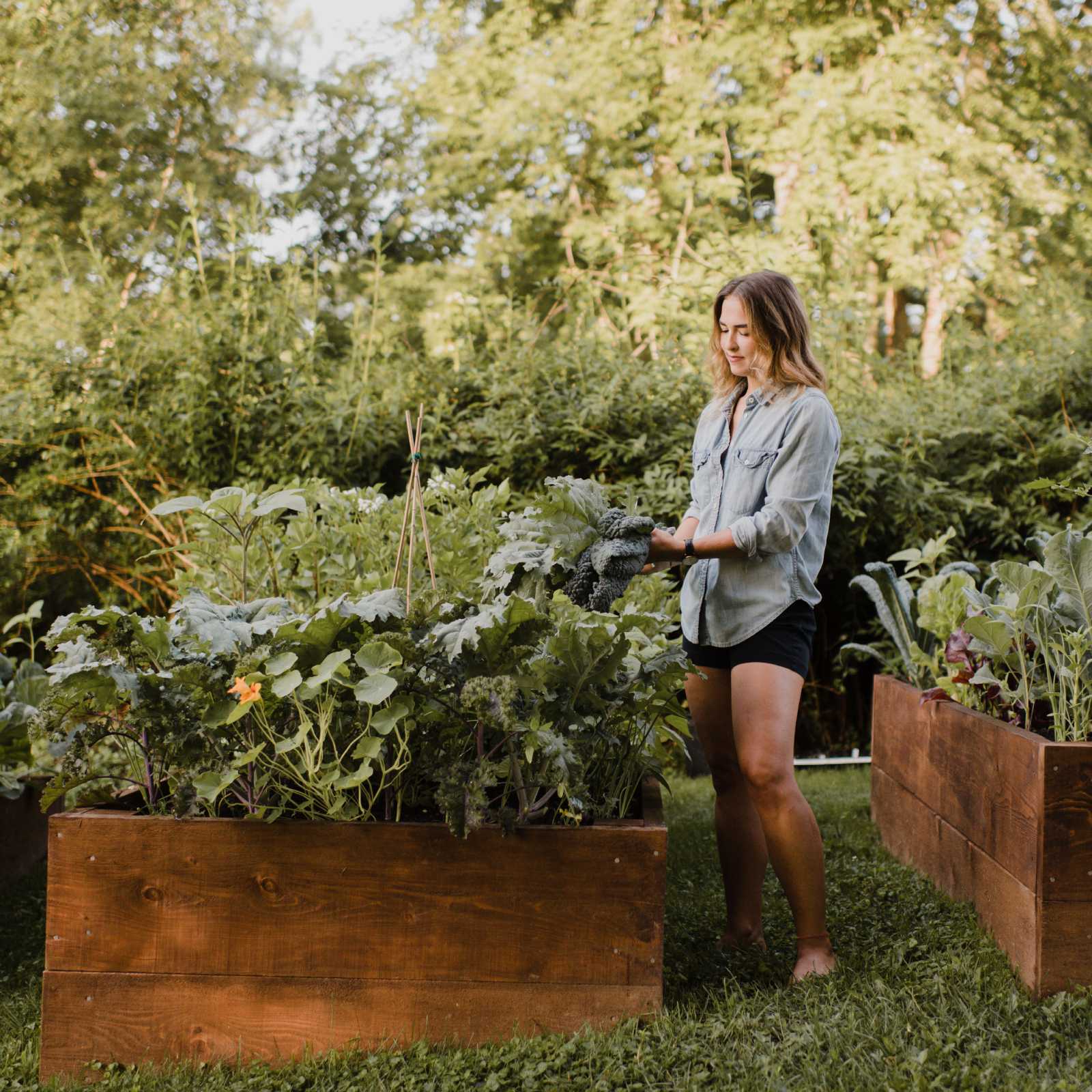 Raised Bed Garden Layout Ideas To Maximize Your Vegetable Harvest
Raised Bed Garden Layout Ideas To Maximize Your Vegetable HarvestCurious how to maximize your vegetable garden this year? Try these raised bed layout ideas and tips to get the most out of your space.
By Teo Spengler
-
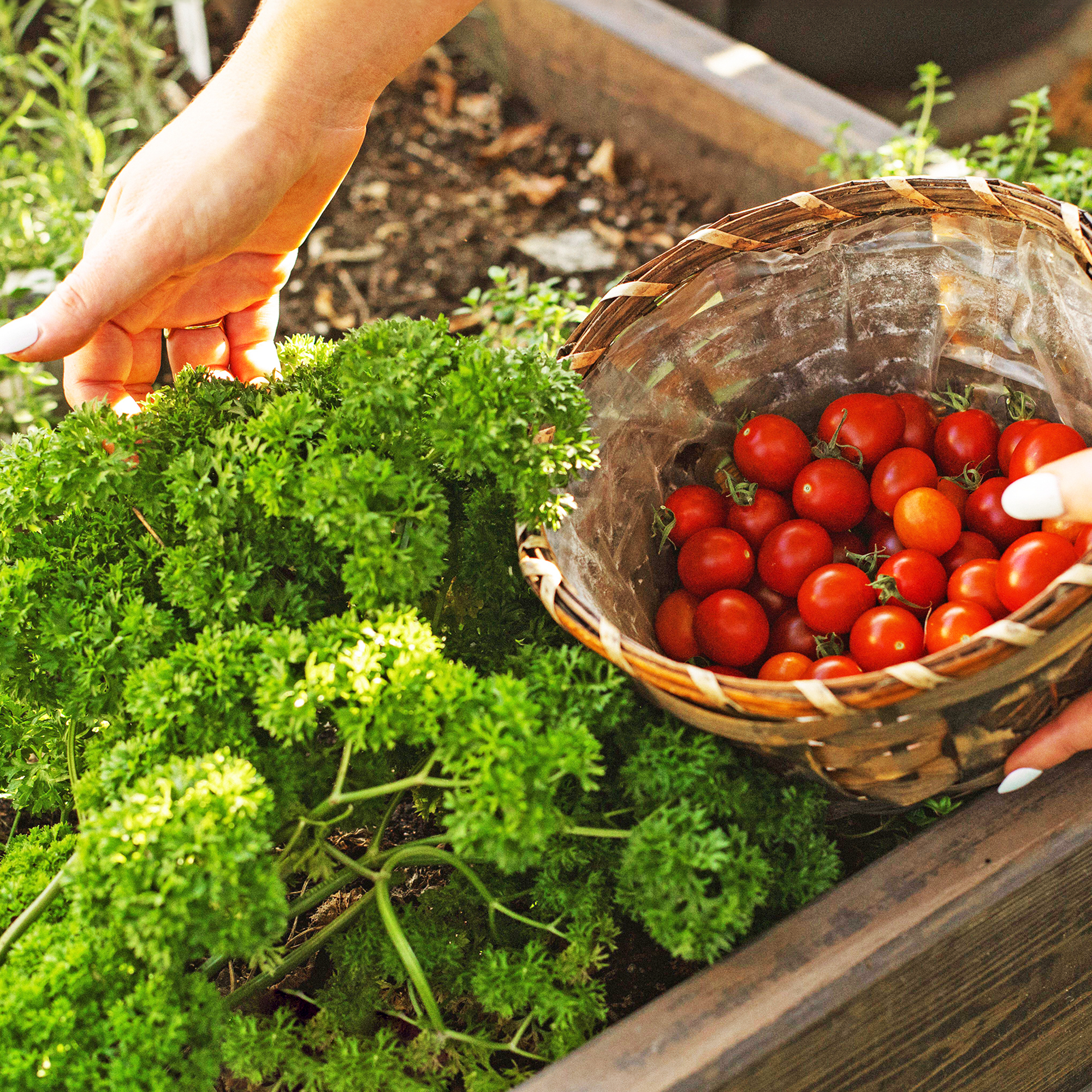 Best Herbs To Plant With Tomatoes: 6 Perfect Companions For Better Flavor & Bigger Harvests
Best Herbs To Plant With Tomatoes: 6 Perfect Companions For Better Flavor & Bigger HarvestsCertain herbs make excellent neighbors to tomatoes in the vegetable garden, repelling pests, keeping down weeds, and enhancing flavor. Try these top varieties.
By Mary Ellen Ellis
-
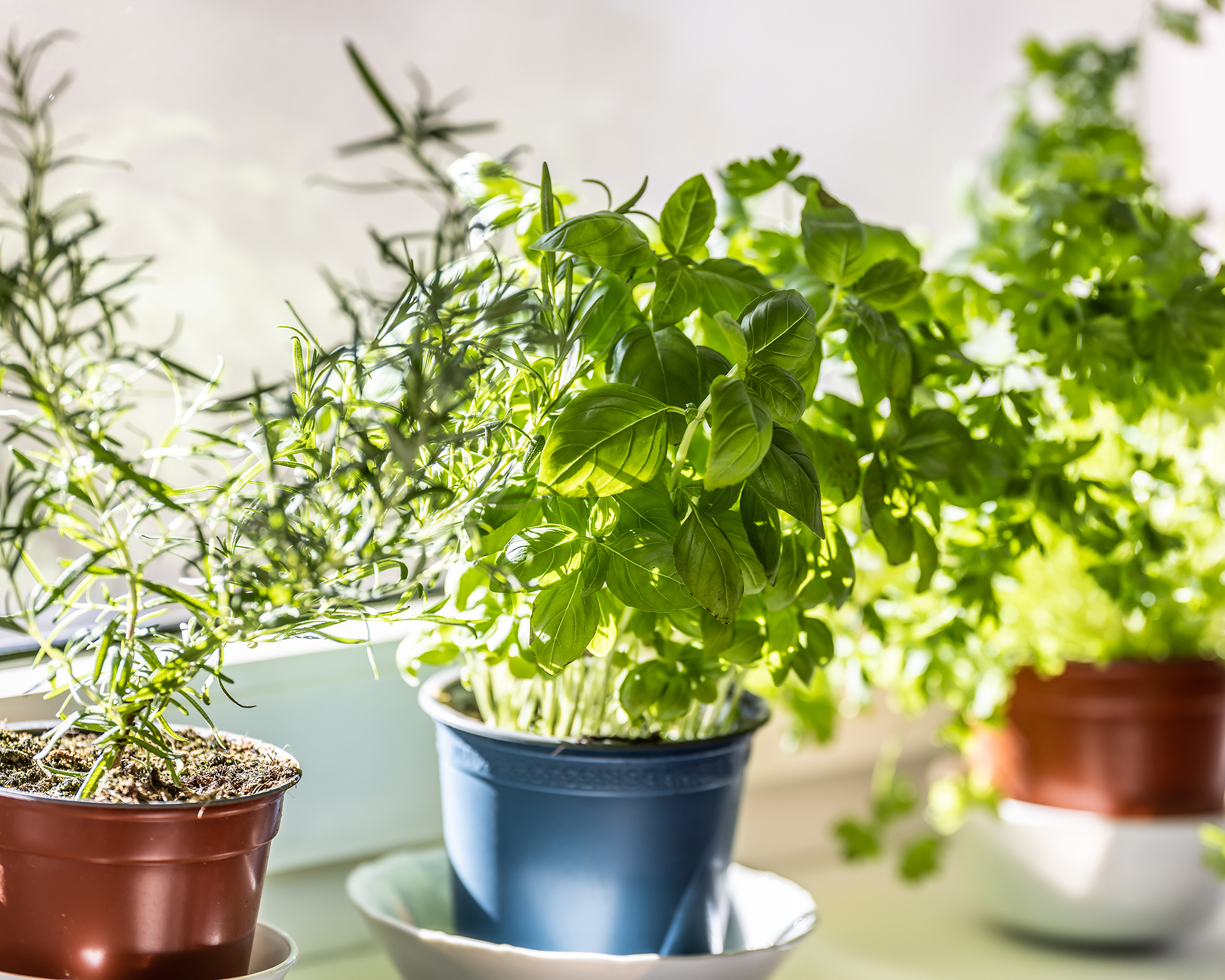 How To Grow A Windowsill Full Of Veggies This Winter, According To A Top Gardening Expert
How To Grow A Windowsill Full Of Veggies This Winter, According To A Top Gardening ExpertAward-winning journalist and climate-resilient gardening expert Kim Stoddart reveals her top plant picks and tips for a productive winter windowsill garden.
By Kim Stoddart
-
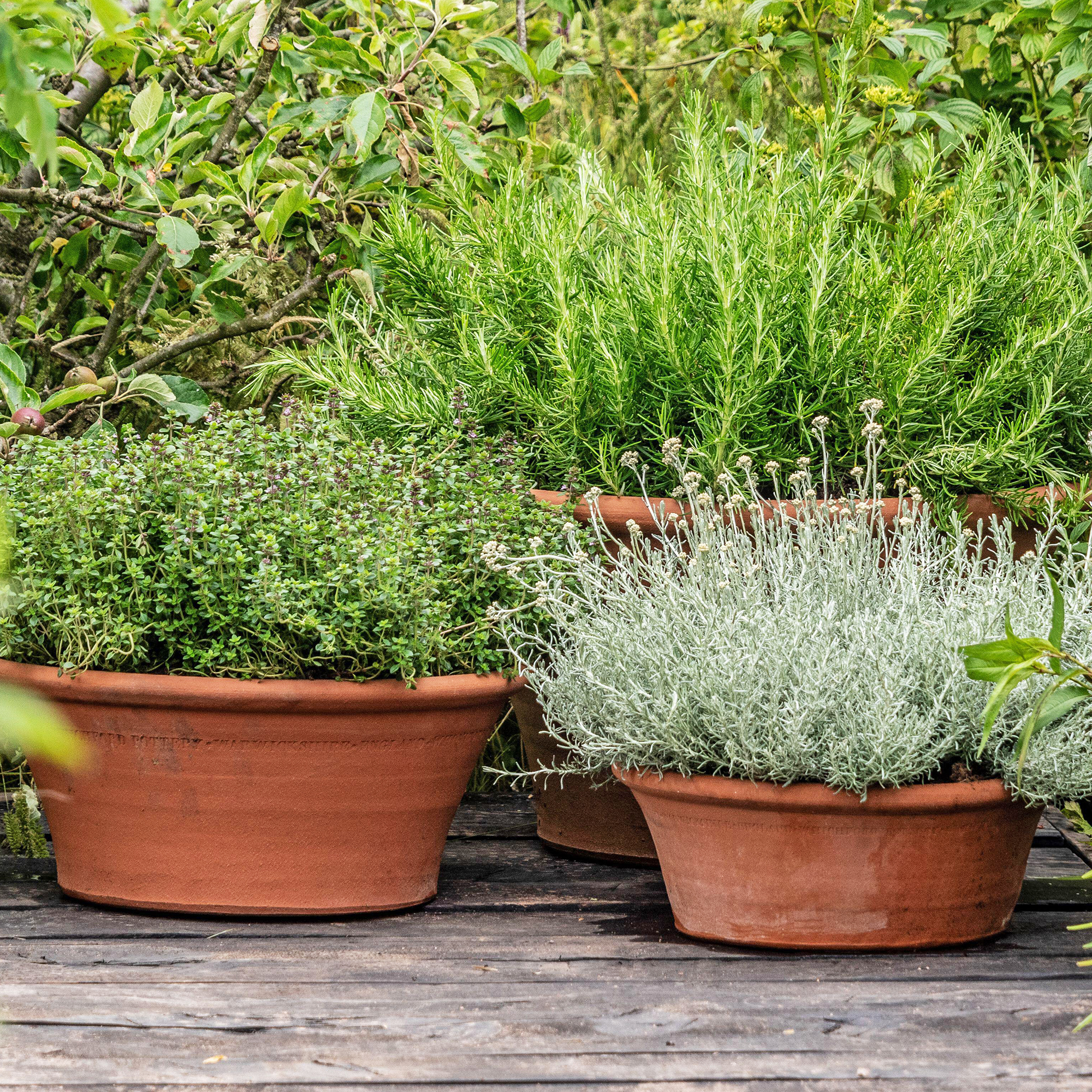 7 Perennial Herbs Perfect For Pots – Enjoy Aromatic Patio Harvests Year After Year
7 Perennial Herbs Perfect For Pots – Enjoy Aromatic Patio Harvests Year After YearDiscover the best perennial herbs to grow in pots. Ideal for small spaces, these low-maintenance plants offer year-round flavor and greenery on your patio.
By Bonnie L. Grant
-
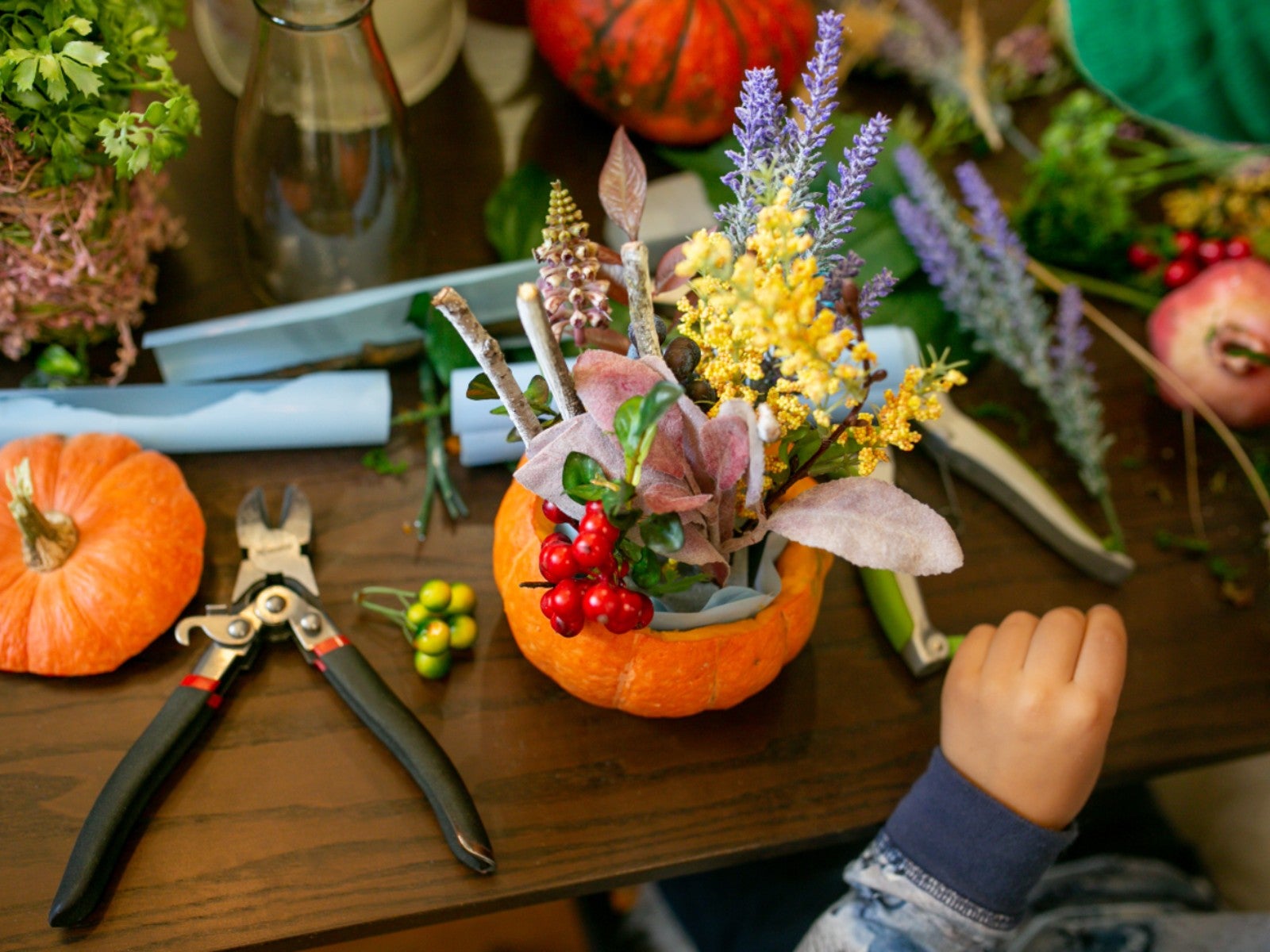 Do-It-Yourself Floral Pumpkin Centerpiece
Do-It-Yourself Floral Pumpkin CenterpieceCan you believe this pretty pumpkin centerpiece was made with just $13 worth of supplies? Plus, it was quick and easy.
By Amy Draiss
-
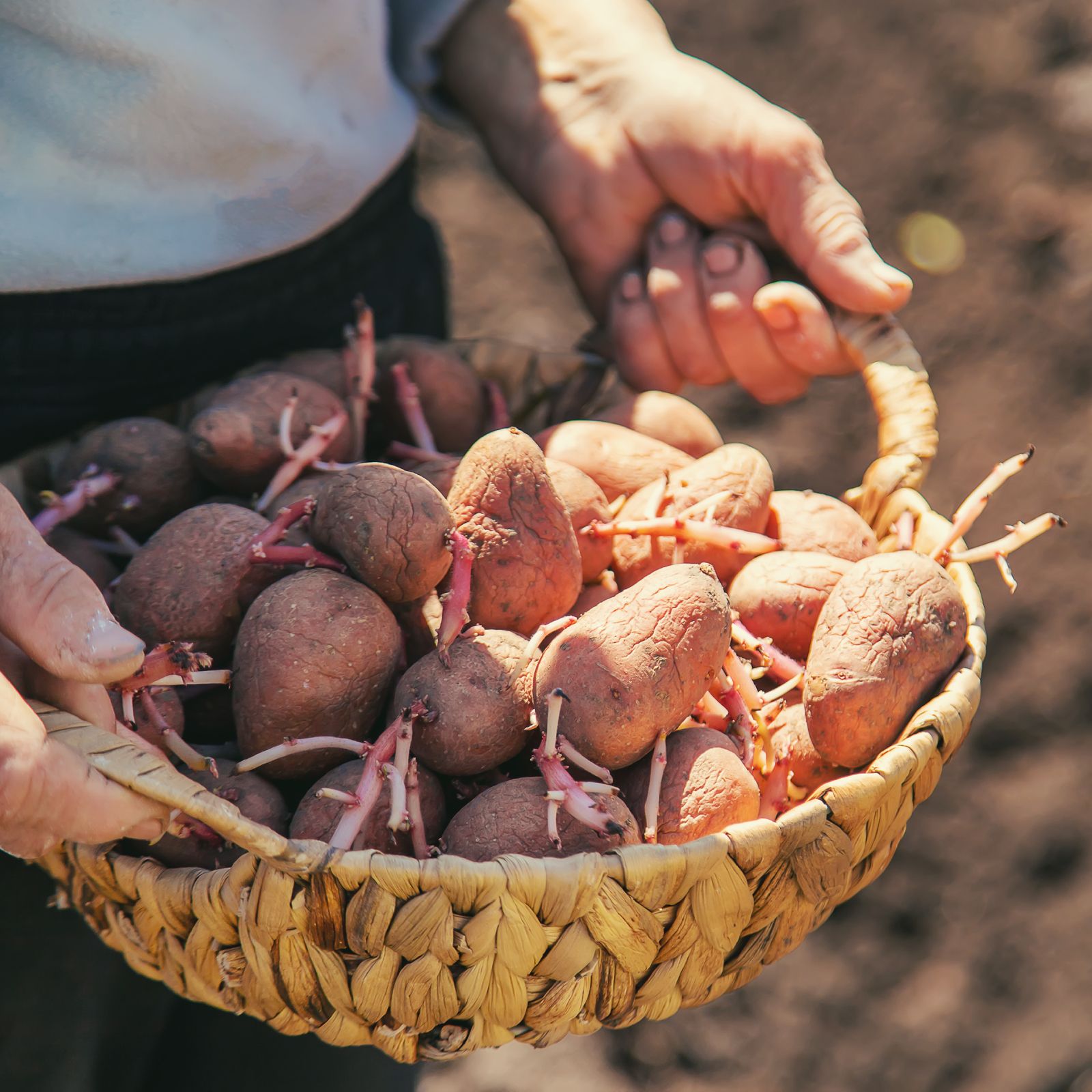 Can You Grow Potatoes From Potatoes You Bought At The Grocery? Let’s Give It A Try!
Can You Grow Potatoes From Potatoes You Bought At The Grocery? Let’s Give It A Try!Can you grow store-bought potatoes? The answer is yes! With a little preparation, you can get a nice harvest from potatoes that have sprouted in your pantry.
By Bonnie L. Grant